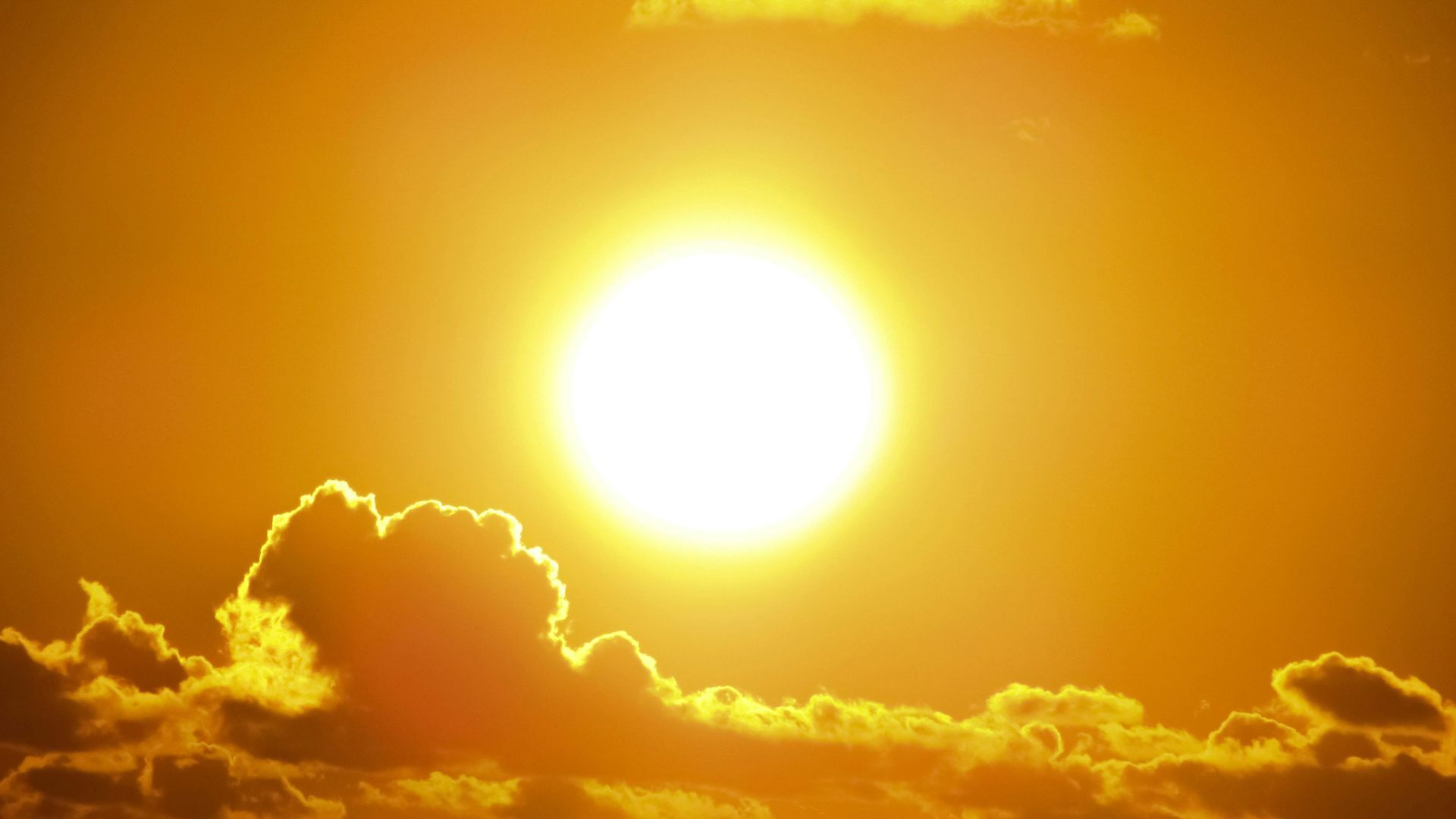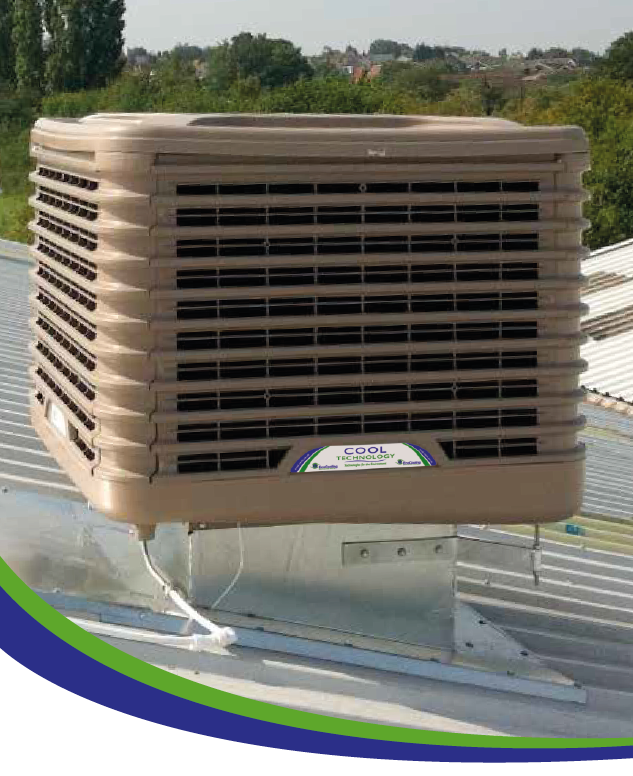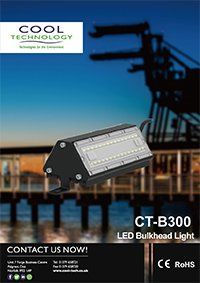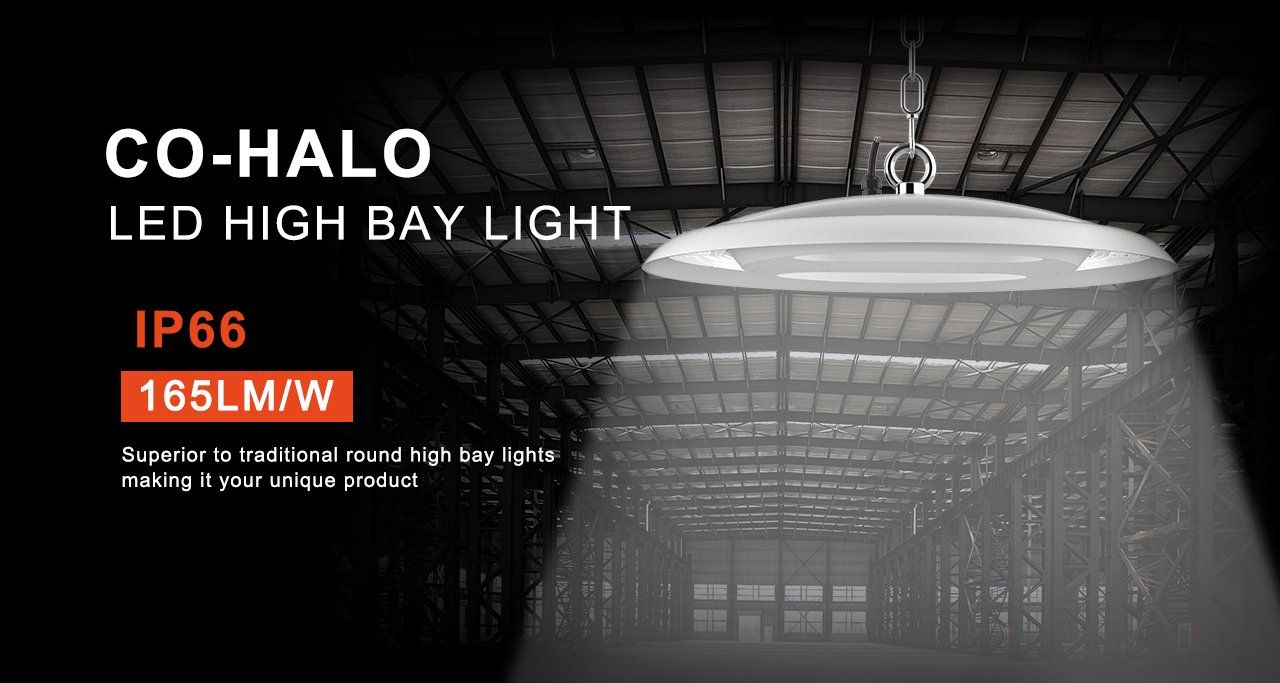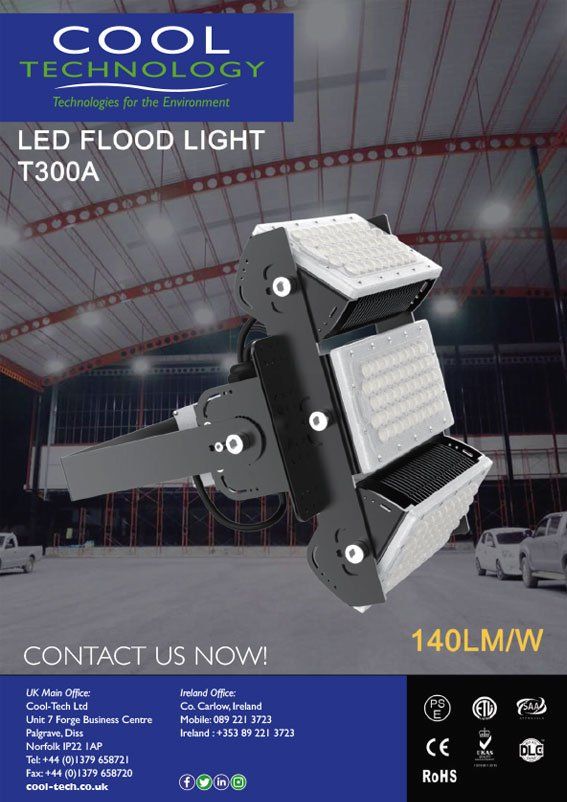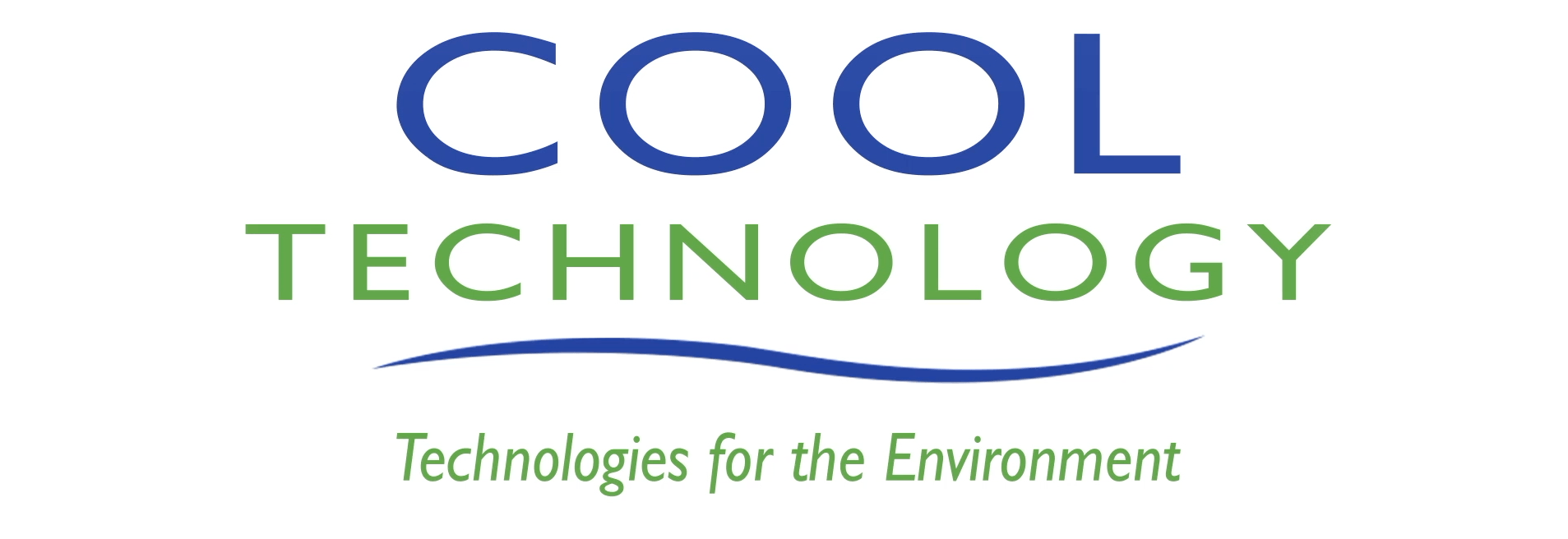Why low emissions cooling is a must for businesses
‘The emissions from both the refrigerants and the energy used in cooling now account for about 7% of global greenhouse gas emissions, and are expected to triple by 2050 as temperatures continue to rise.’ WeForum.org
In the UK we tend to think of emissions in a heating context, not a cooling one. But it’s getting hotter here, more frequently, and cooling is becoming a pressing issue.
Traditional air conditioning emits around four times less CO2 than heating, but that’s still too much. Greenhouse gases from cooling systems are set to triple by the year 2050 thanks to increasing demand, and air conditioning already generates around 2.7% of the world’s energy-related greenhouse gas emissions.
Research says air conditioning reduced heat wave heat deaths by an estimated 200,000 in 2019 alone. Nobody works well when they’ve uncomfortably hot. Nor do some machines and digital technologies. With global warming underway, it is highly unlikely demand for cooling will fall. Unless something changes we can expect the numbers to rocket.
You’re probably already looking into energy-efficient ways to heat your premises, whether it’s an office or a factory. Maybe you’ve nailed it. But have you explored low energy cooling systems?
Dramatic increasing demand for cooling
There are currently about two billion air conditioning units in the world. This could more than triple by 2050 if the International Energy Agency’s numbers turn out to be right. When the tech becomes cheaper thanks to ever-higher demand, we’ll see the numbers rise even more.
Traditional air conditioning and fans account for 7% of global electricity, using up a mind-bending 2100 terawatt-hours worth of energy in 2022 alone, not far short of 20% of total global electricity consumption according to the IEA. The trajectory doesn’t look good either. Things get even more serious when you realise the official cooling estimates don’t include the climate-wrecking greenhouse gases used in refrigeration.
The solutions to climate-friendly cooling
The big question is, can the world slash emissions from industrial cooling systems by the 68% needed according to 2023’s Cop28 pledge, and do it by 2050? As you can tell it’s a big ask.
One part of the solution is simply aircon efficiency. A rise in demand usually drives competition, which inspires innovation. Traditional air conditioning is improving as the planet heats up, more people need to stay cool and demand rises, but emissions-wise it has a very long way to go. And not everyone can afford to replace an old energy-hungry fan or aircon system.
As mentioned on the
Cop28 website, reducing the power consumption of cooling equipment could slash at least 60% off predicted 2050 emissions. They also say it’ll provide ‘universal access to life-saving cooling’, take the pressure off energy grids and save trillions of dollars by 2050. But however energy-efficient existing aircon tech becomes, there’s a limit to how efficient it can be.
The World Economic Forum says 50% of the emissions cuts we need to get to net zero could come from technologies ‘not yet invented’. But there’s also value in looking back to the past, as proved by a seriously efficient, highly effective natural cooling method humanity has known about for millennia.
Ultra-simple, low energy
evaporative cooling has been used for thousands of years to keep buildings and the people inside them cool. It’s a bargain to buy and fit compared to ordinary aircon, emits almost nothing, and costs 90% less than traditional air conditioning to run.
Not only do you do your bit for the climate, you keep your people, equipment, raw materials, production lines and everything else in great working order, at the perfect temperature no matter how hot things get outdoors.
Get in touch with us to discuss how evaporative cooling units will help slow climate change as well as save you a fortune on energy. We’ll see you right and set you off on the right track.
